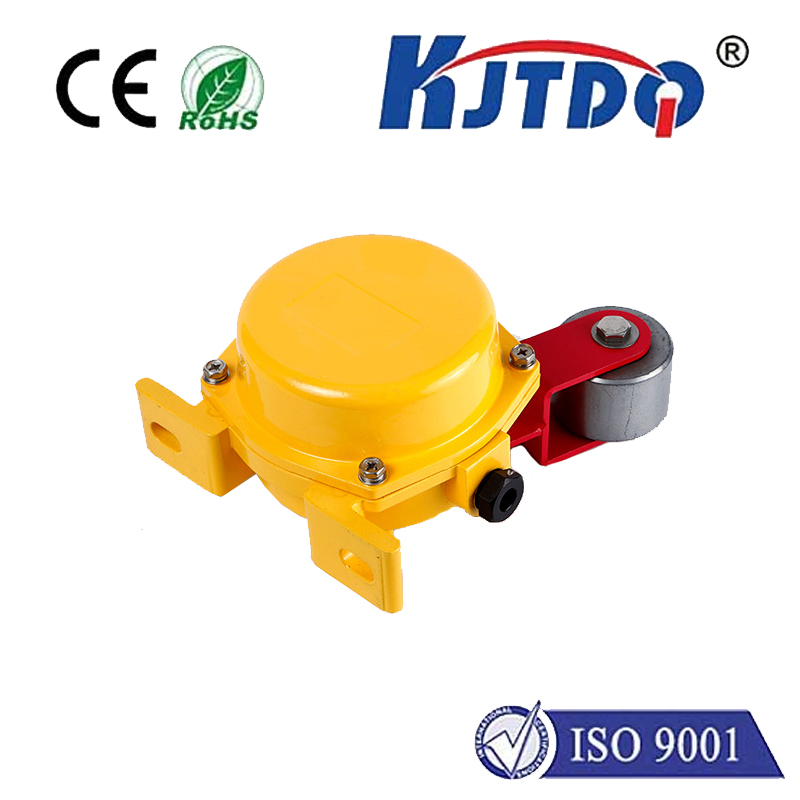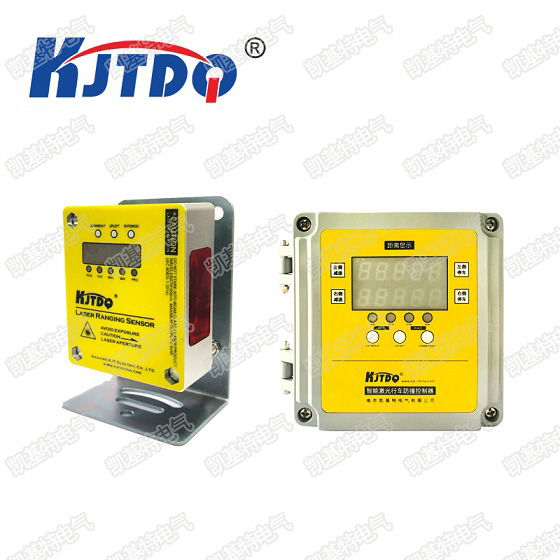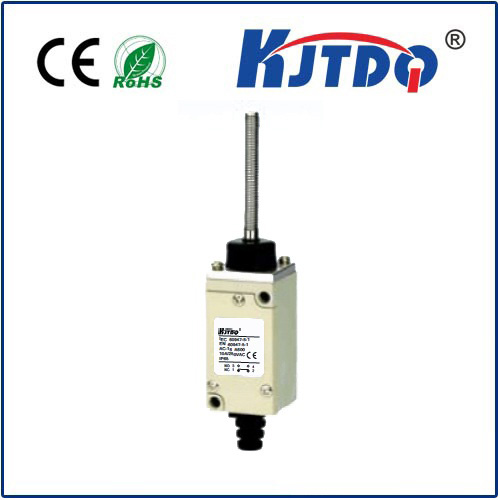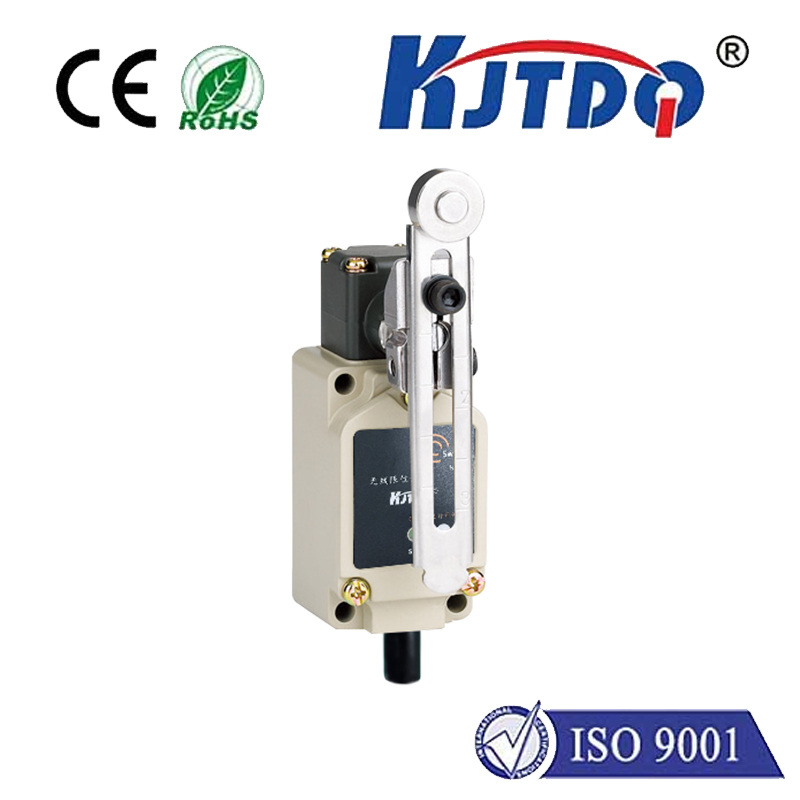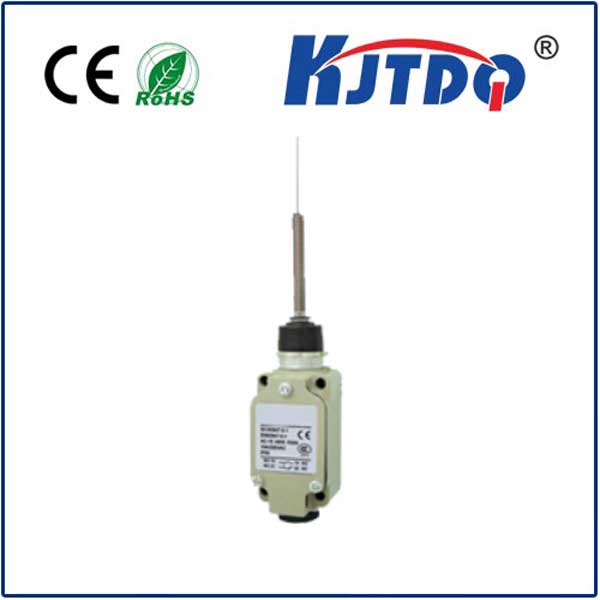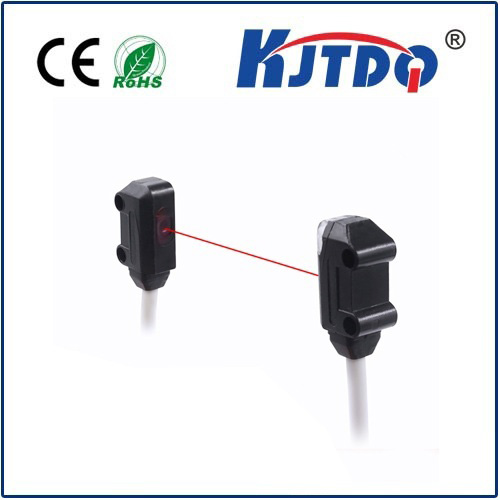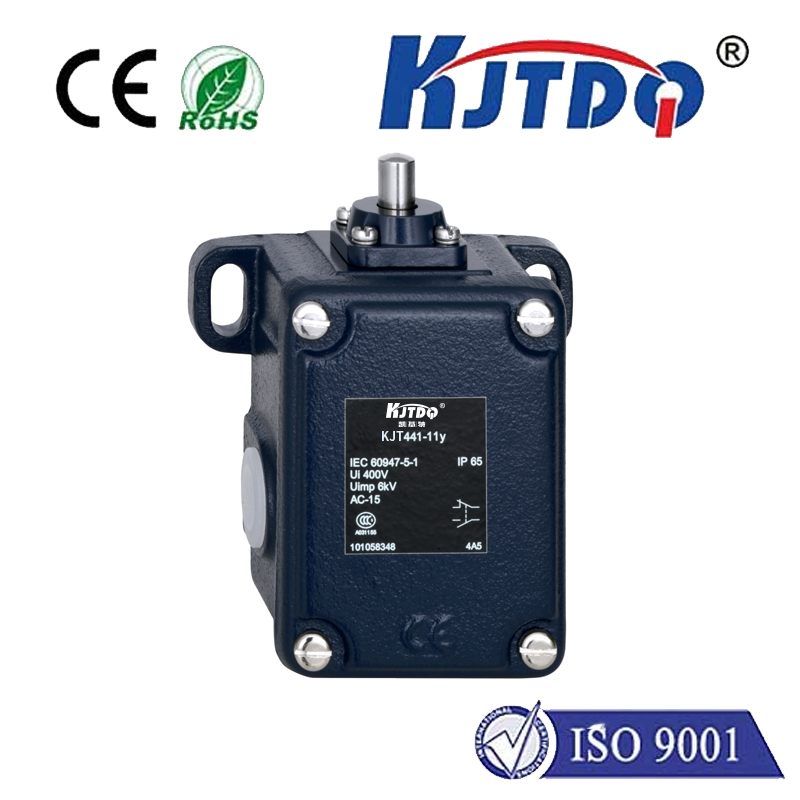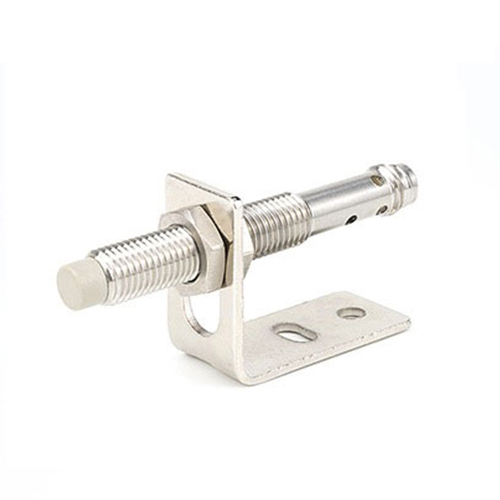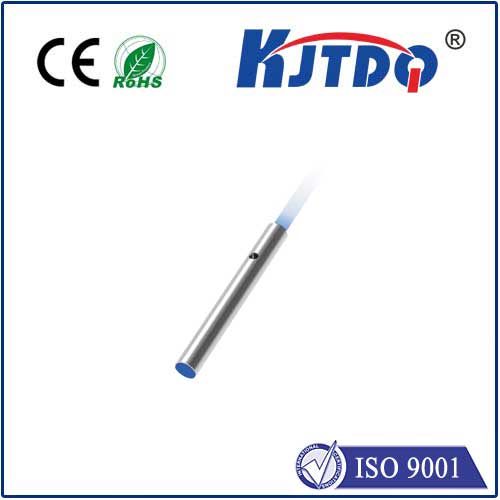

check

check

check

check
Have you ever wondered how your smart thermostat maintains the perfect indoor climate, or how precision greenhouses protect delicate crops? Behind these sophisticated systems lies a tiny, unassuming hero: the DHT temperature and humidity sensor. This compact digital component silently orchestrates environmental control across countless smart devices, becoming a cornerstone of modern automation.
What Exactly is a DHT Sensor? DHT sensors are digital devices designed to measure both ambient temperature and relative humidity simultaneously. Unlike analog alternatives, they integrate a sensing element and a simple processor to output calibrated digital signals. The two most widespread variants are the entry-level DHT11 and the higher-accuracy DHT22. Their key innovation? Combining a capacitive humidity sensor with a thermistor for temperature tracking into a single, cost-effective package. When environmental moisture shifts, it alters the capacitance between polymer layers; concurrently, the thermistor’s resistance fluctuates with ambient heat. An onboard microprocessor converts these raw readings into straightforward digital outputs via a single-wire communication protocol.
Why Engineers and Makers Swear by DHT Sensors Several critical advantages explain their domination in DIY electronics and commercial designs:
Where DHT Sensors Make a Real-World Impact Thanks to their versatility and simplicity, these sensors drive innovation across diverse fields:

Comparing DHT Variants: How to Choose Your Ideal Sensor Understanding differences between DHT11 and DHT22 is crucial for project optimization:
| Feature | DHT11 | DHT22 |
|---|---|---|
| Temperature Range | 0°C to 50°C | -40°C to 80°C |
| Humidity Range | 20% to 80% RH | 0% to 100% RH |
| Accuracy (±) | Temp: ±2°C; Hum: ±5% | Temp: ±0.5°C; Hum: ±2% |
| Sampling Rate | 1 Hz (once per second) | 0.5 Hz (twice/second) |
| Cost | Ultra Low-Cost | Moderately Priced |
Select DHT11 for basic hobby projects where budget is paramount and extreme precision isn’t critical. Opt for the DHT22 in scientific applications, harsh environments, or when high-fidelity data is non-negotiable.
Overcoming Practical Challenges and Limitations While DHT sensors excel in accessibility, they have constraints to navigate:
For demanding scenarios requiring speed or immunity to electrical noise, alternatives like I2C-based BME280 or AHT10 sensors may be superior.
Getting Started: A Blueprint for Your First Project Launching a DHT-based design requires a straightforward setup:
DHT.h for Arduino or Adafruit_DHT for Python-based platforms to simplify coding.Sample Arduino logic for data retrieval:
#include
#define DHTPIN 2
#define DHTTYPE DHT22
DHT dht(DHTPIN, DHTTYPE);
void setup() {
Serial.begin(9600);
dht.begin();
}
void loop() {
float humidity = dht.readHumidity();
float temp = dht.readTemperature();
Serial.print("Humidity: "); Serial.print(humidity); Serial.print("% | ");
Serial.print("Temperature: "); Serial.print(temp); Serial.println("°C");
delay(2000); // Respect sensor cooldown
}
This foundational approach scales into complex applications—relay climate-triggered actuators, log data to cloud platforms like Thingspeak, or build multi-sensor mesh networks using ESP modules.
As IoT permeates our lives, DHT sensors remain indispensable for bridging the physical and digital worlds. They democratize environmental sensing, empowering anyone—from students to industrial engineers—to create responsive, data-driven solutions. Whether refining your smart garden or prototyping enterprise-grade IoT infrastructure, the versatility and accessibility of DHT temperature and humidity modules make them an essential tool in the modern innovator’s arsenal.
